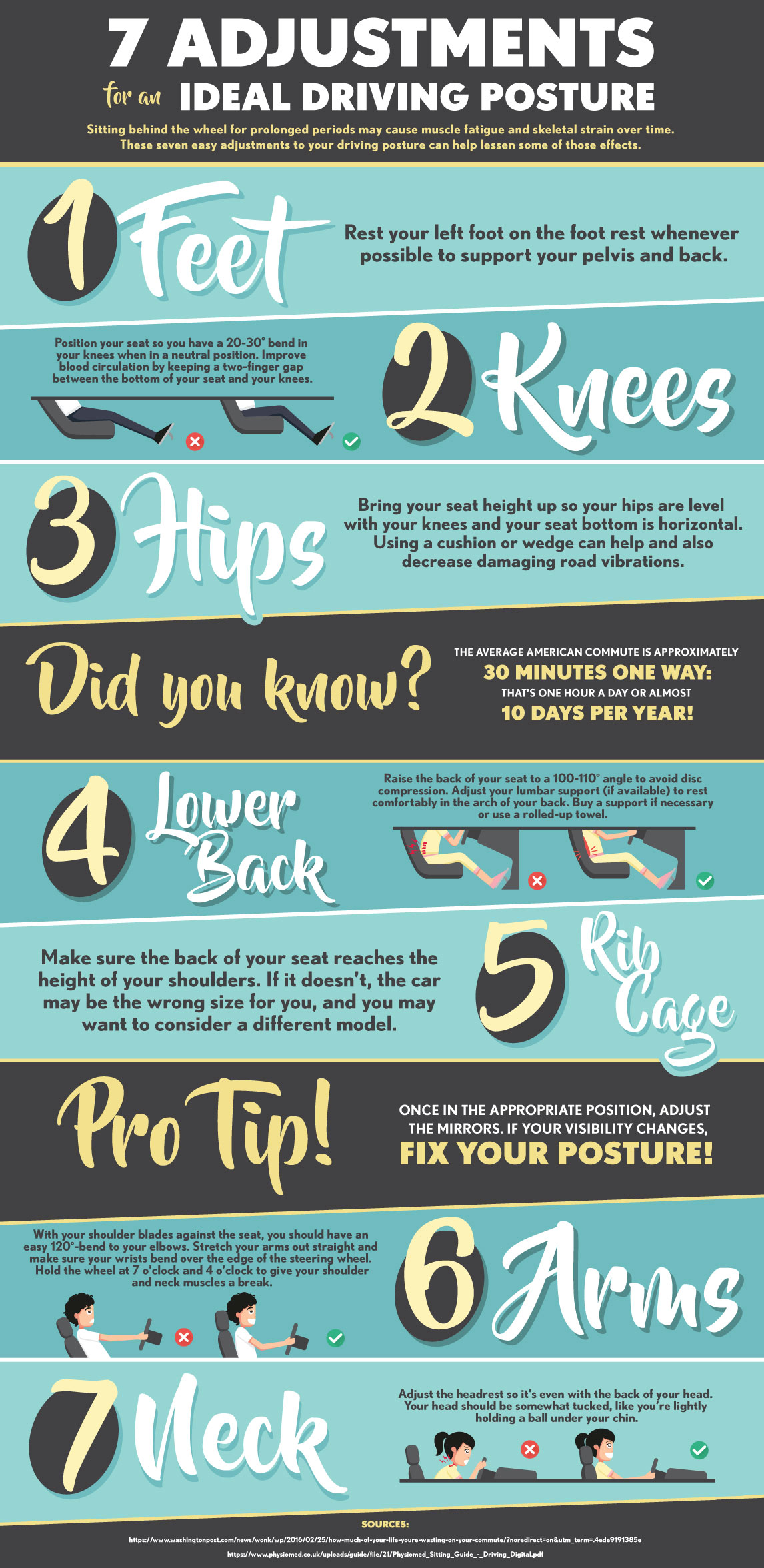The Impact Of Diet Plan On Pain In The Back Monitoring: Foods To Include And Foods To Omit
The Impact Of Diet Plan On Pain In The Back Monitoring: Foods To Include And Foods To Omit
Blog Article
functional medicine doctor -Cochrane Hardin
When it comes to managing your pain in the back, the food options you make can substantially affect how you really feel on a daily basis. https://charliesnhcw.blazingblog.com/32192782/chiropractic-take-care-of-households-advantages-for-all-ages being able to reduce your pain merely by adjusting what you consume. By comprehending the function of nourishment in neck and back pain monitoring and knowing which foods to incorporate or stay away from, you can take proactive steps towards a much healthier and more comfy lifestyle. The link between nourishment and back wellness is more profound than you might understand-- allow's discover exactly how certain foods can either soothe or intensify your back pain.
Significance of Nourishment in Pain In The Back
Nourishment plays a vital duty in taking care of pain in the back. Your diet regimen can substantially impact inflammation degrees and total discomfort degrees in your back. Eating a well balanced diet regimen abundant in nutrients like vitamins D and K, calcium, magnesium, and omega-3 fats can help in reducing inflammation and enhance bones, which are important for back wellness.
Furthermore, maintaining a healthy and balanced weight through appropriate nutrition can relieve tension on your back, minimizing the risk of back pain.
Additionally, certain nutrients like anti-oxidants discovered in fruits and vegetables can help deal with oxidative anxiety and advertise recovery in the body, including the back muscular tissues and back.
On the other hand, consuming too much quantities of processed foods, sweet beverages, and unhealthy fats can contribute to swelling and weight gain, intensifying pain in the back.
Foods to Eat for Back Health
To support a healthy back, incorporating nutrient-rich foods into your daily dishes is vital. Consisting of foods high in antioxidants like berries, spinach, and kale can help reduce inflammation in your back, easing discomfort and pain. Omega-3 fatty acids discovered in fatty fish such as salmon and mackerel have anti-inflammatory properties that can profit your back wellness.
Additionally, consuming visit this hyperlink and seeds like almonds, walnuts, and chia seeds provides essential nutrients like magnesium and vitamin E, which sustain muscle mass function and decrease oxidative stress and anxiety. Integrating lean healthy proteins such as hen, turkey, and tofu can help in muscular tissue repair work and upkeep, advertising a strong back.
Do not fail to remember to consist of Recommended Reading or strengthened plant-based choices for calcium to sustain bone health. Lastly, hydrate with a lot of water to maintain your back discs moistened and operating efficiently. By including these nutrient-dense foods in your diet, you can nurture your back and support overall spine health.
Foods to Avoid for Pain In The Back
Choose preventing refined foods high in sugarcoated and trans fats when seeking relief from pain in the back. These types of foods can contribute to inflammation in the body, which may intensify pain in the back. Say no to sugary snacks sweet, breads, and sugary beverages, along with convenience food products like hamburgers, fries, and fried poultry that are often loaded with trans fats.
In addition, steer clear of foods containing high levels of refined carbohydrates, such as white bread, pasta, and breads, as they can spike blood sugar degrees and possibly aggravate inflammation in the body.
It's also a good idea to restrict your consumption of foods high in hydrogenated fats, like red meat and full-fat dairy products, as they can contribute to inflammation. Processed foods like delicatessens meats, chips, and packaged snacks are commonly high in saturated fats and should be eaten in moderation.
Conclusion
To conclude, taking notice of your diet plan and making clever food options can have a significant influence on taking care of pain in the back. By integrating nutrient-rich foods like berries, fatty fish, nuts, and lean healthy proteins, and preventing refined and sugary things, you can help in reducing swelling and support overall back health and wellness. Remember, what you consume plays an important role in exactly how you really feel, so see to it to prioritize your nourishment for a much healthier back.
